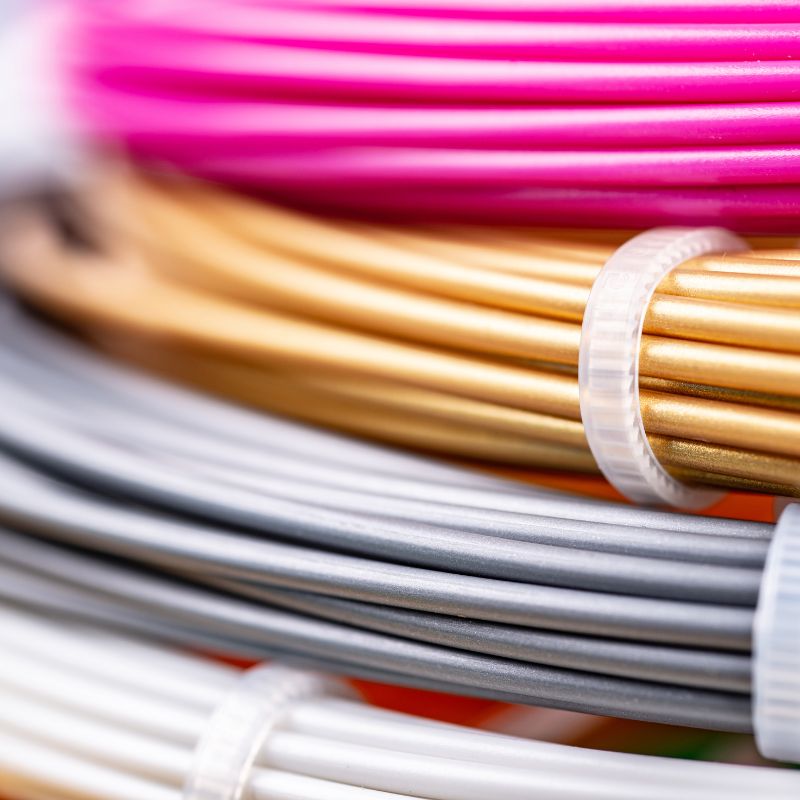Discover the Benefits of 3D Printing with PLA Filament - Get the Facts Now!


3D printing is becoming increasingly popular, and PLA filament is a great option for those looking to unlock the potential of this technology. PLA is known for being lightweight and easy to use, making it an ideal choice for users who are just starting out with 3D printing.
Now we are talking about the Pros and Cons of using PLA filament for 3D Printing.
Pros:
- PLA 3D printing filament is a biodegradable plastic, making it an environmentally friendly option. PLA filament is composed of renewable resources, such as cornstarch, sugarcane, tapioca roots, and other materials derived from natural sources. It can be used in a variety of 3D printing applications, including prosthetics, toys, and prototypes.
- PLA 3D printing filament is easy to use and can be printed at lower temperatures than other materials. PLA has a low melting point, making it ideal for printing at home or with a desktop 3D printer. It is available in a wide range of colors and finishes, including translucent, matte, and metallic.
- PLA filament is also one of the most affordable options on the market. It is typically much cheaper than other types of filaments, making it a great option for those who are on a budget.
- PLA filament is also strong enough for a variety of applications. This makes it ideal for use in prototyping and manufacturing, as well as in engineering and robotics applications. It can be used to create parts that require high levels of strength for small items, such as drone components.
Cons:
- PLA filament is not as strong or durable as other materials such as ABS or PETG. PLA filament is brittle and will break or snap easily when bent.
- PLA filament is notoriously fragile, particularly when exposed to high temperatures, making it more prone to warping. PLA filament can become brittle over time, leading to cracked parts and weakened structural integrity.
- PLA filament has a relatively low melting point, making it unsuitable for high-temperature applications. Additionally, PLA is not considered to be a very strong material and its strength can decrease when exposed to higher temperatures. Its low melting point also means it has limited chemical resistance and can degrade when exposed to certain chemicals.
- PLA filament is also susceptible to UV light degradation, and should be stored away from any direct sunlight.
Overall 3D printing with PLA filament still has many benefits, including being cost-effective, eco-friendly, and easy to use. It is also capable of producing high-quality prints with a wide range of colors and finishes. PLA filament is an excellent choice for hobbyists and professionals alike, as it is an accessible and versatile 3D printing material.